In Wisconsin, you never know when the season will change. You can bet that once the kids are back in school, football has kicked-off (Go Pack Go) and campfire smell is a regular thing in the city, it is probably time to start thinking about winterizing your RV. Some campers may take their RV out until there is snow on the ground, which makes for some amazing foliage in the autumn months. In September, we like to start planning our RV winterizing checklist and making sure we don't forget anything during the process.

Winterizing your RV is no fun because you know it will be a while till you hit the road in it again. However, next spring you will thank yourself for taking the time to winterize and properly store your investment, saving you from paying repair costs.
TIP: Before you get started, read your owners-manual for specifications on winterizing your RV.
CHECKLIST:
Empty and clean appliances; fridge, stove, and microwave ovens.
Sweep or vacuum and clean your RV to avoid any rodents and/or bugs wanting to make a home of it during the long cold winter months.
Drain and Flush Water System: Drain the water tank by opening the water valves one at a time, running all the faucets and flushing the toilet. Lubricate the valves when completed with WD40. Fill the black and gray tanks with water to almost full. Drain the water heater, taking special care to avoid draining while hot or under pressure. Connect compressed air at about 45 psi and open the faucets, one at a time, including the toilet and shower until they run dry and remove air compressor.
PRO TIP: Air from an Air Compressor can become contaminated with things like dirt and condensation. When winterizing, you will be cleaning your water system, meaning your water system will be contaminated if you do not maintain your compressor regularly. Be aware of the air you are using to clean your water system.
Bypass the water heater and then add RV antifreeze down all the traps and some in the toilet. Use the water pump to get the antifreeze into the water system. Open and close all faucets starting with the closest, until you see antifreeze coming out of each one. Don't forget about your outdoor shower.
Make sure you have closed all valves and turned off all faucets. Check your owners-manual on tips for winterizing your appliances, if any.
Remove batteries from smoke and carbon monoxide detectors and kill all power to the unit.
We specialize in power solutions and not RV's, this post is meant to be a guide for winterizing your RV not instructions. Please visit your local RV dealer/storage company to help you with services you do not feel comfortable completing at home.
Read more on winterizing your RV from the resources used to write our checklist below:
KOA – Kampgrounds of America, Inc.
Do you store your RV for the winter? If so share where you store it in the comments below. We always love to learn about new RV companies from all over the country.
Where is your favorite fall destination to take your RV before you winterize?
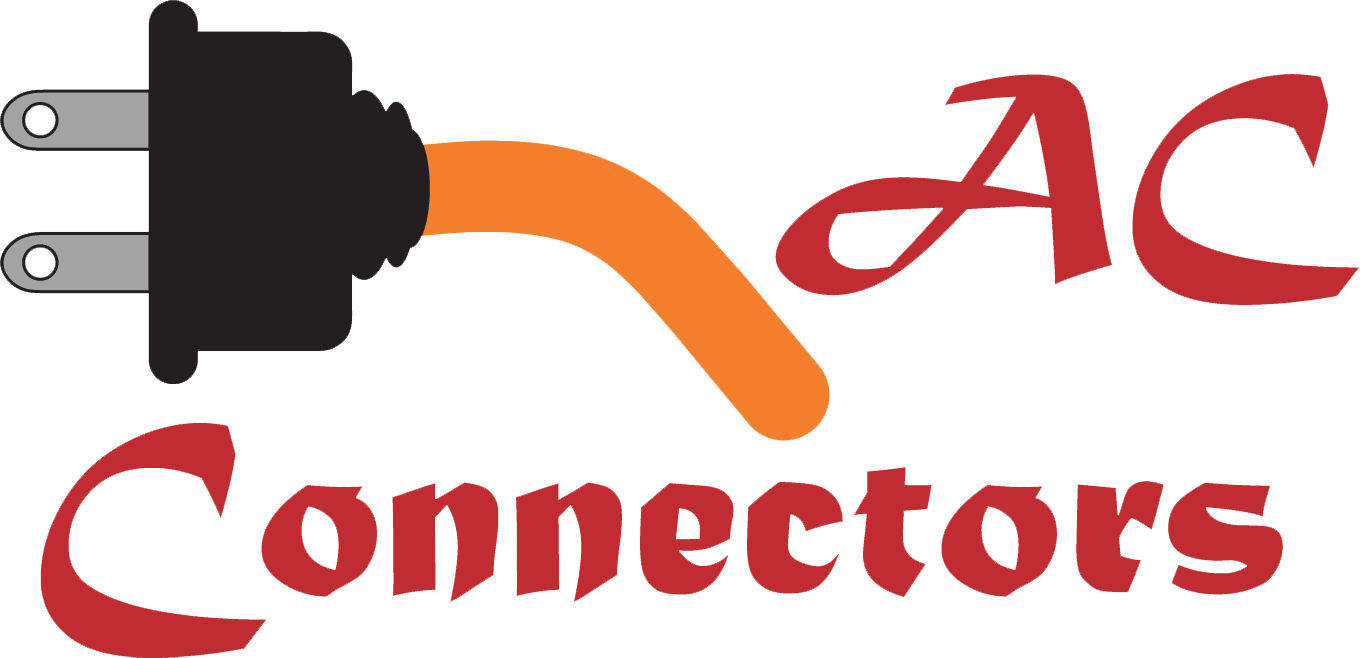


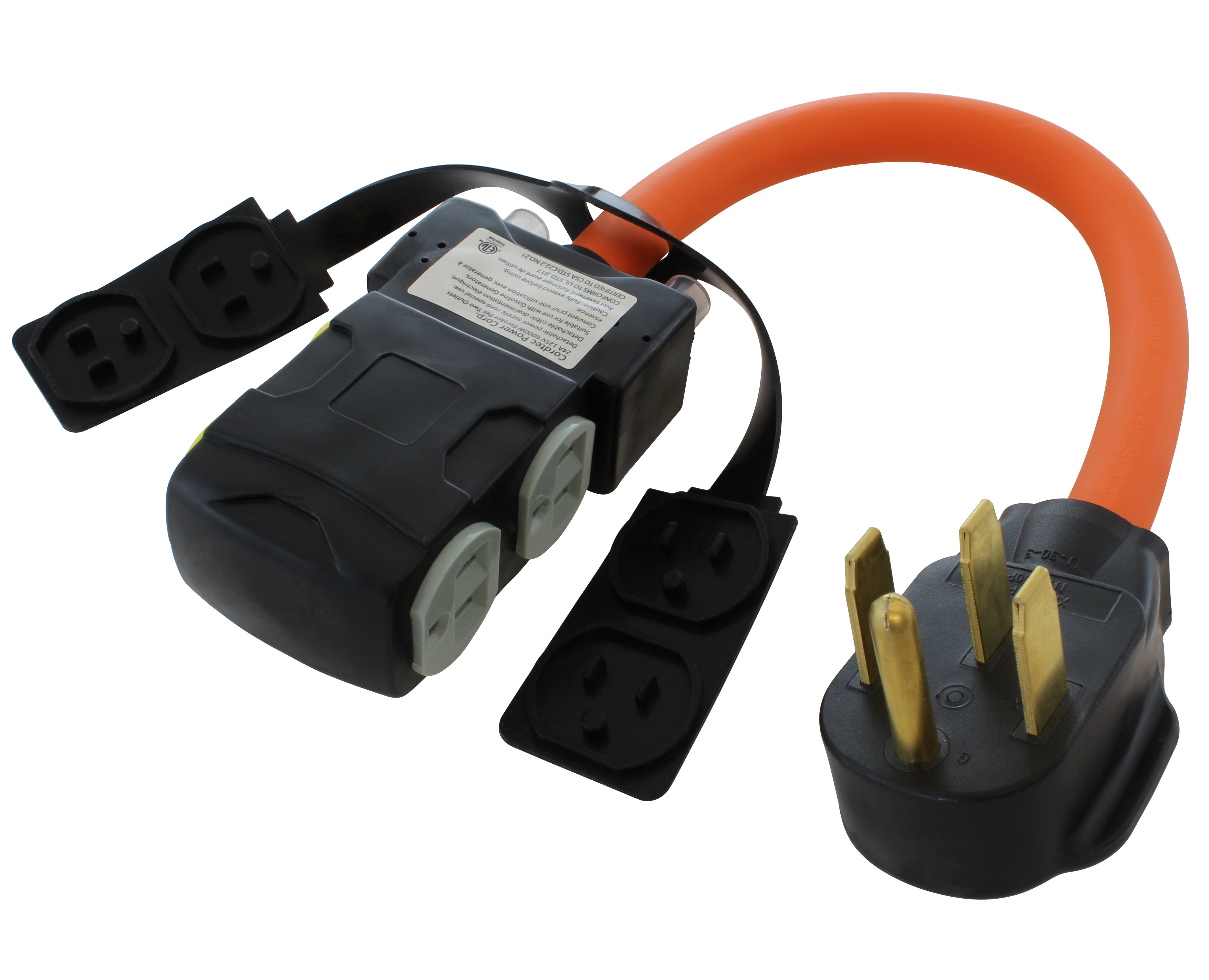
![AC WORKS® [ASINSS2PBX-G] 50A Locking 4-Wire CS6375/ SS2-50 Heavy-Duty Transfer Switch Inlet Box](http://acworks.com/cdn/shop/files/ASINSS2PBX-0_0206b362-7c90-42a5-8754-0685c13dab7e.jpg?v=1758051675&width=2500)
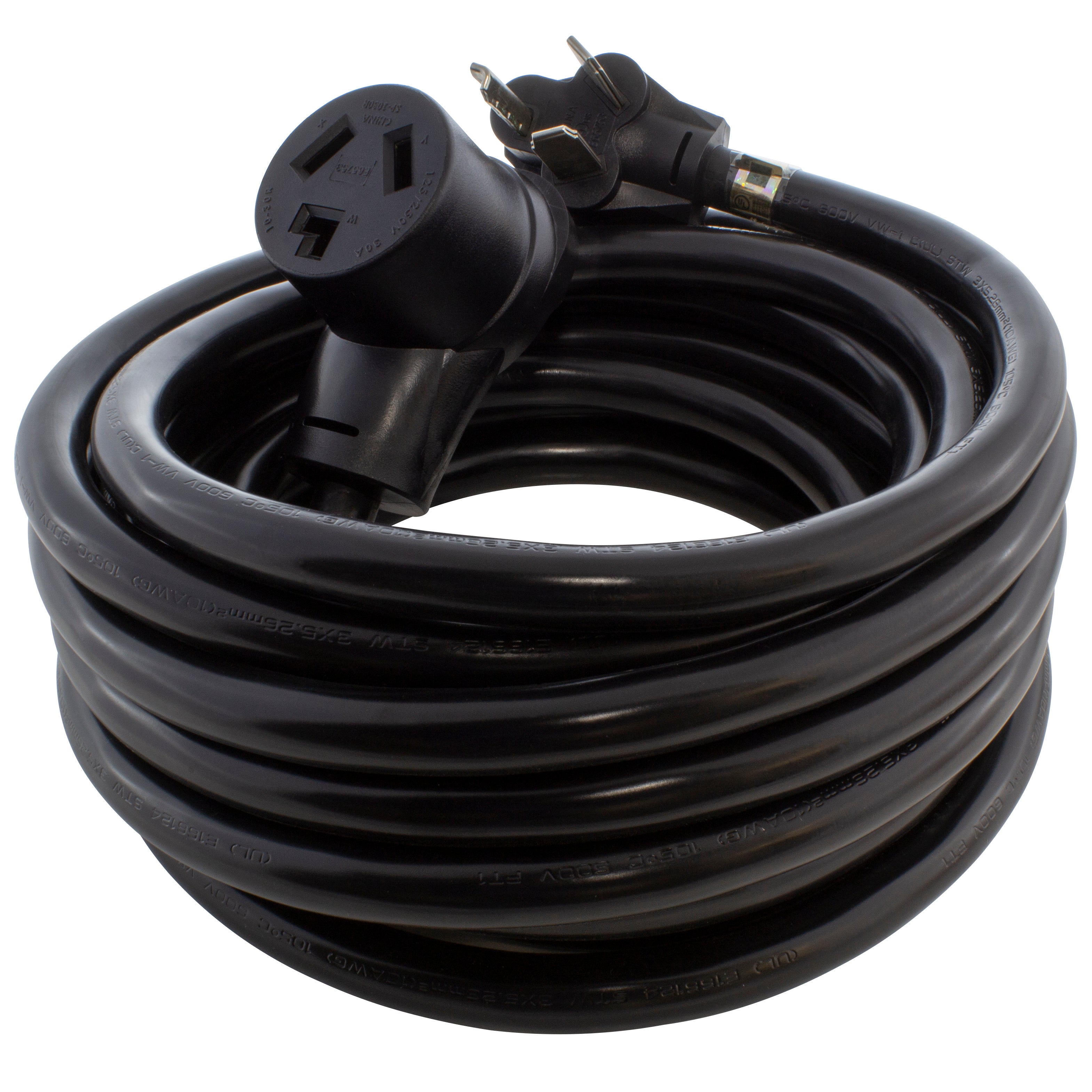
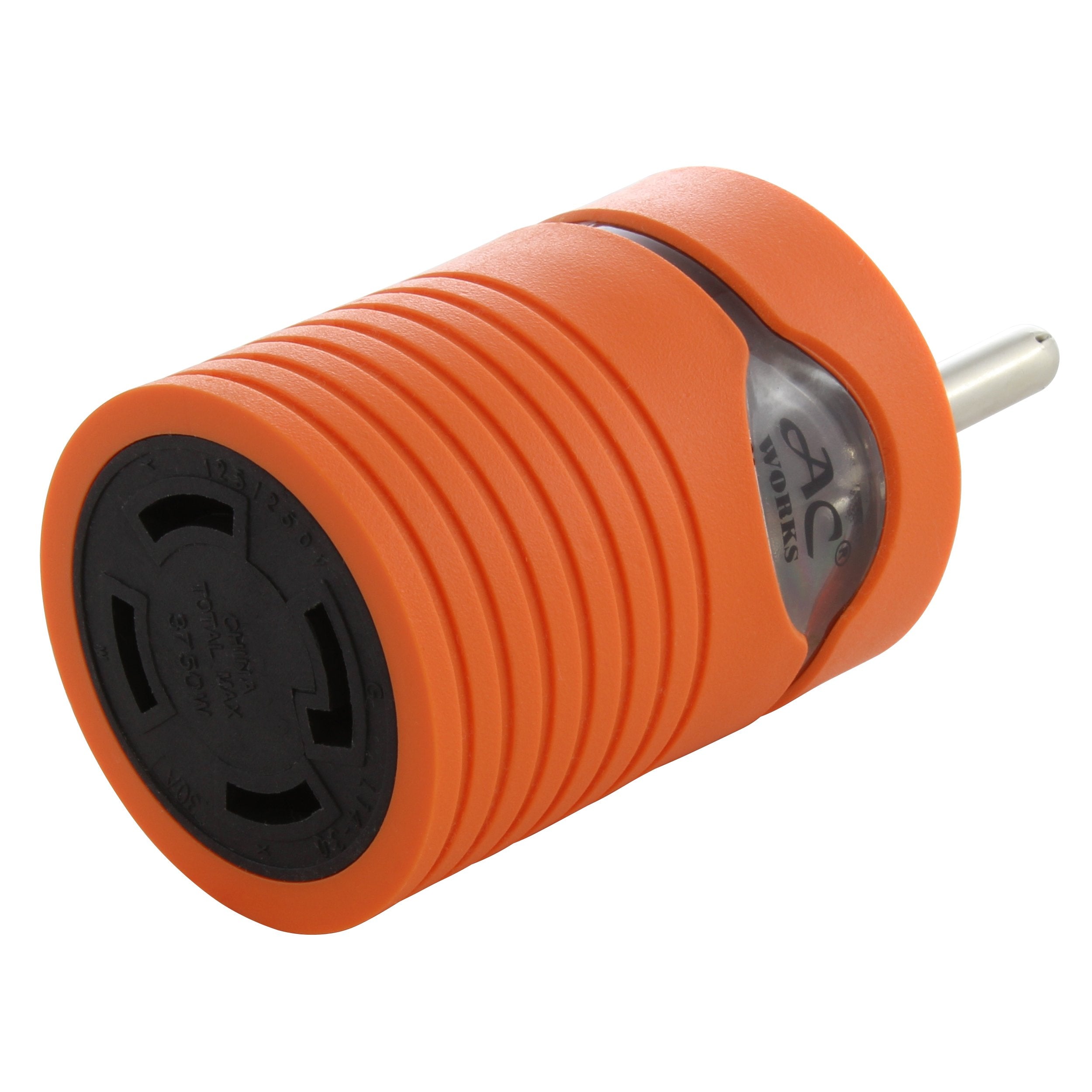
![AC WORKS® [S1430CBF520] 1.5FT 14-30P 4-Prong Dryer Plug to (4) Household Outlets with 24A Breaker](http://acworks.com/cdn/shop/products/S1430CBF520.jpg?v=1666103519&width=4656)

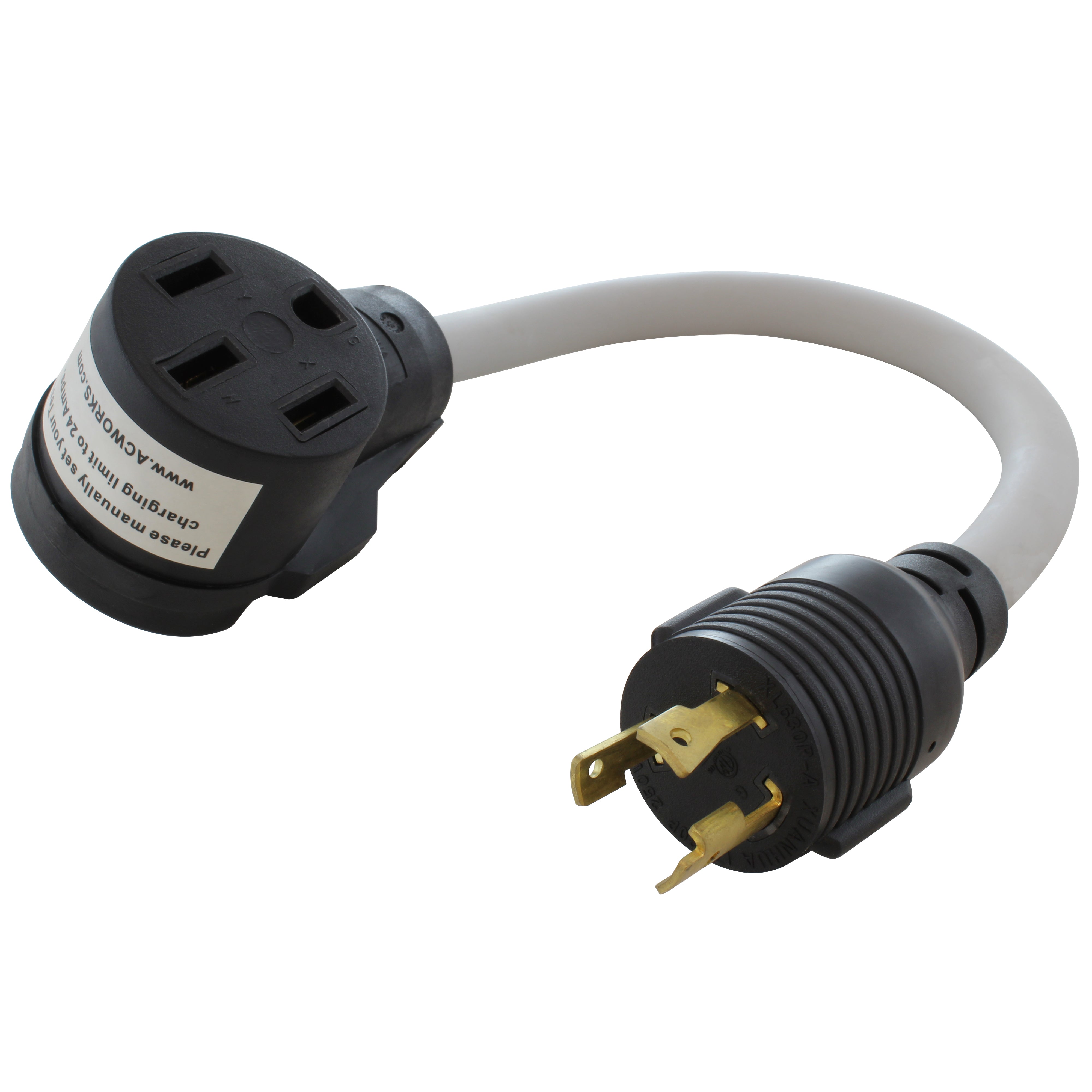
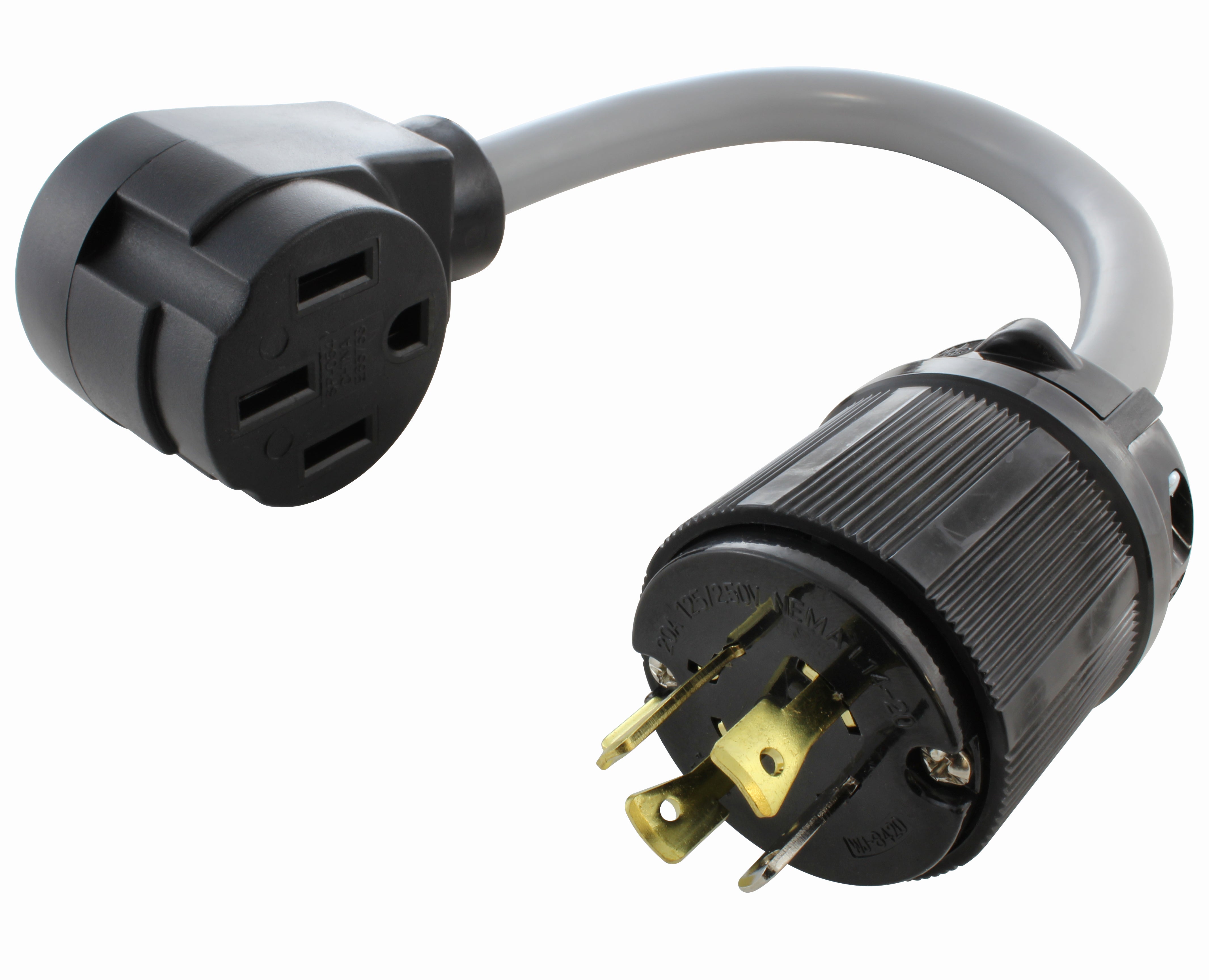
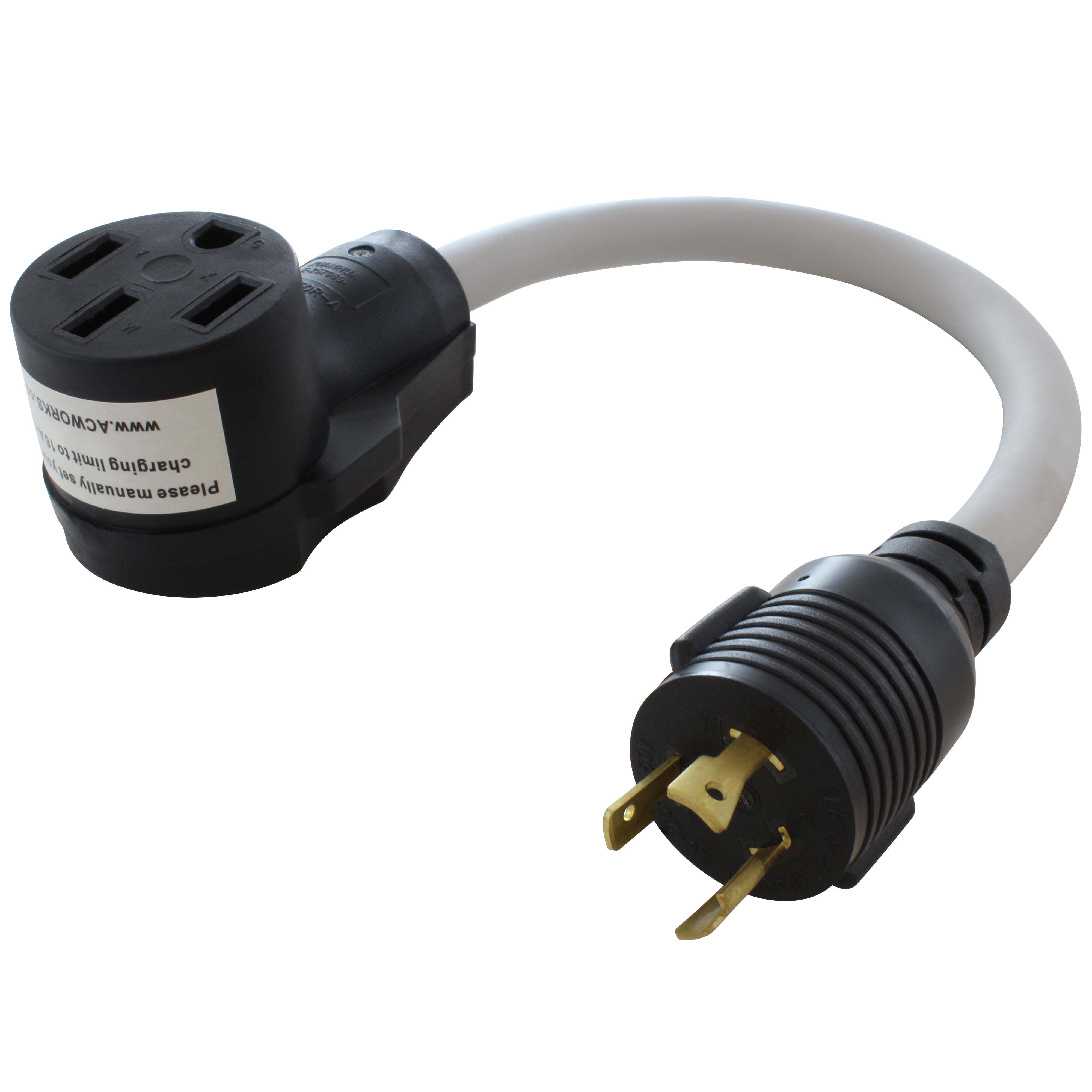


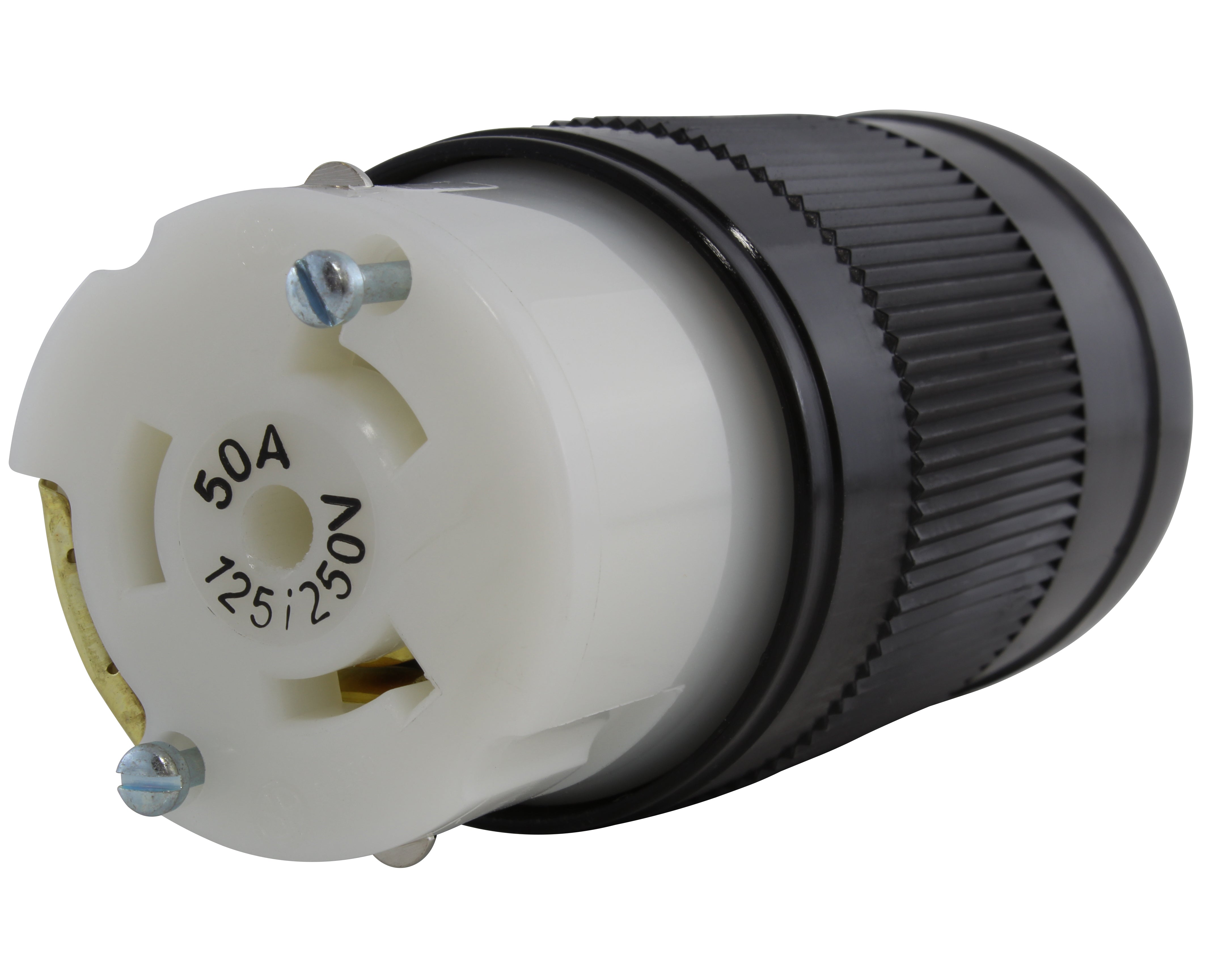
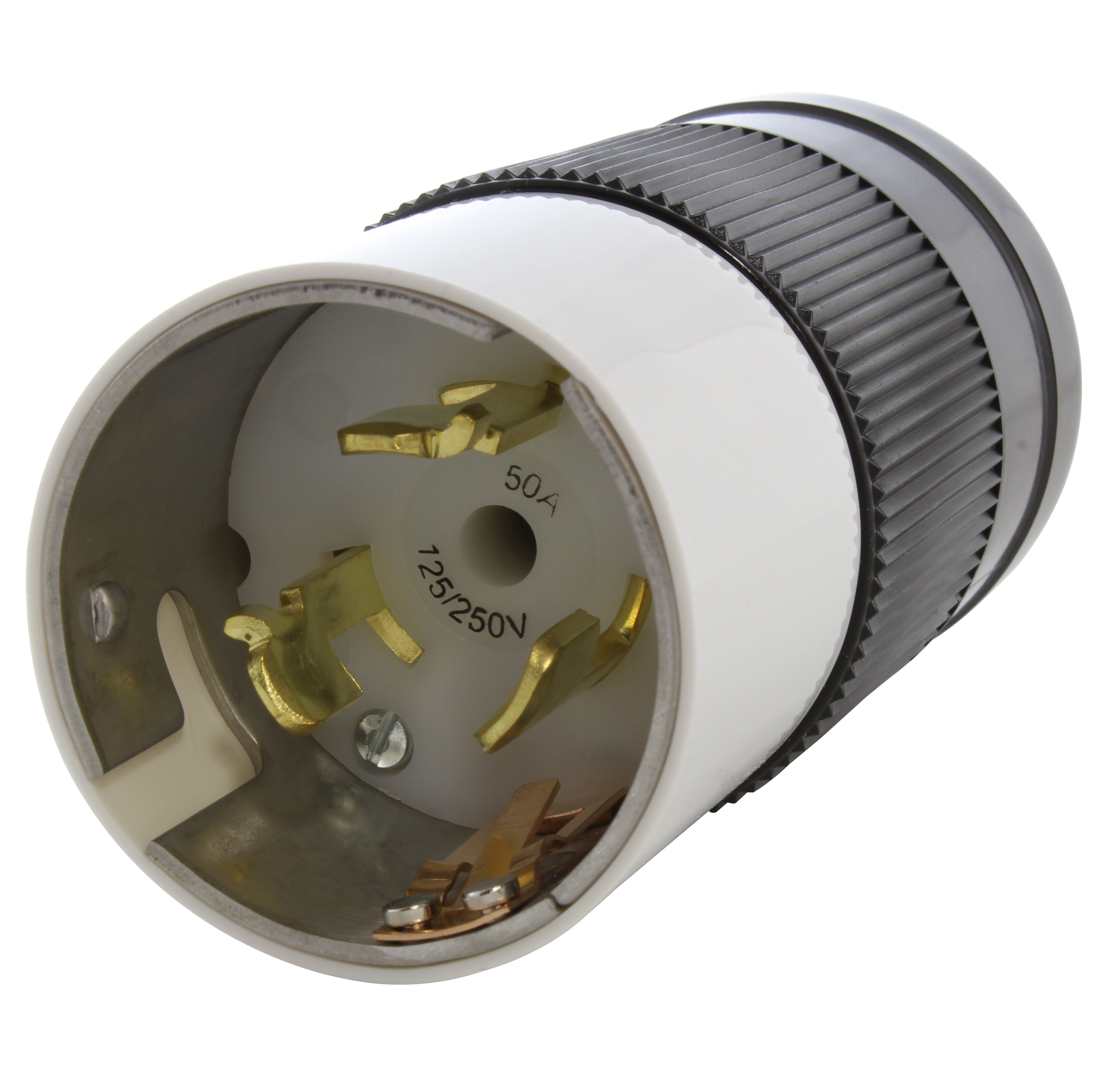
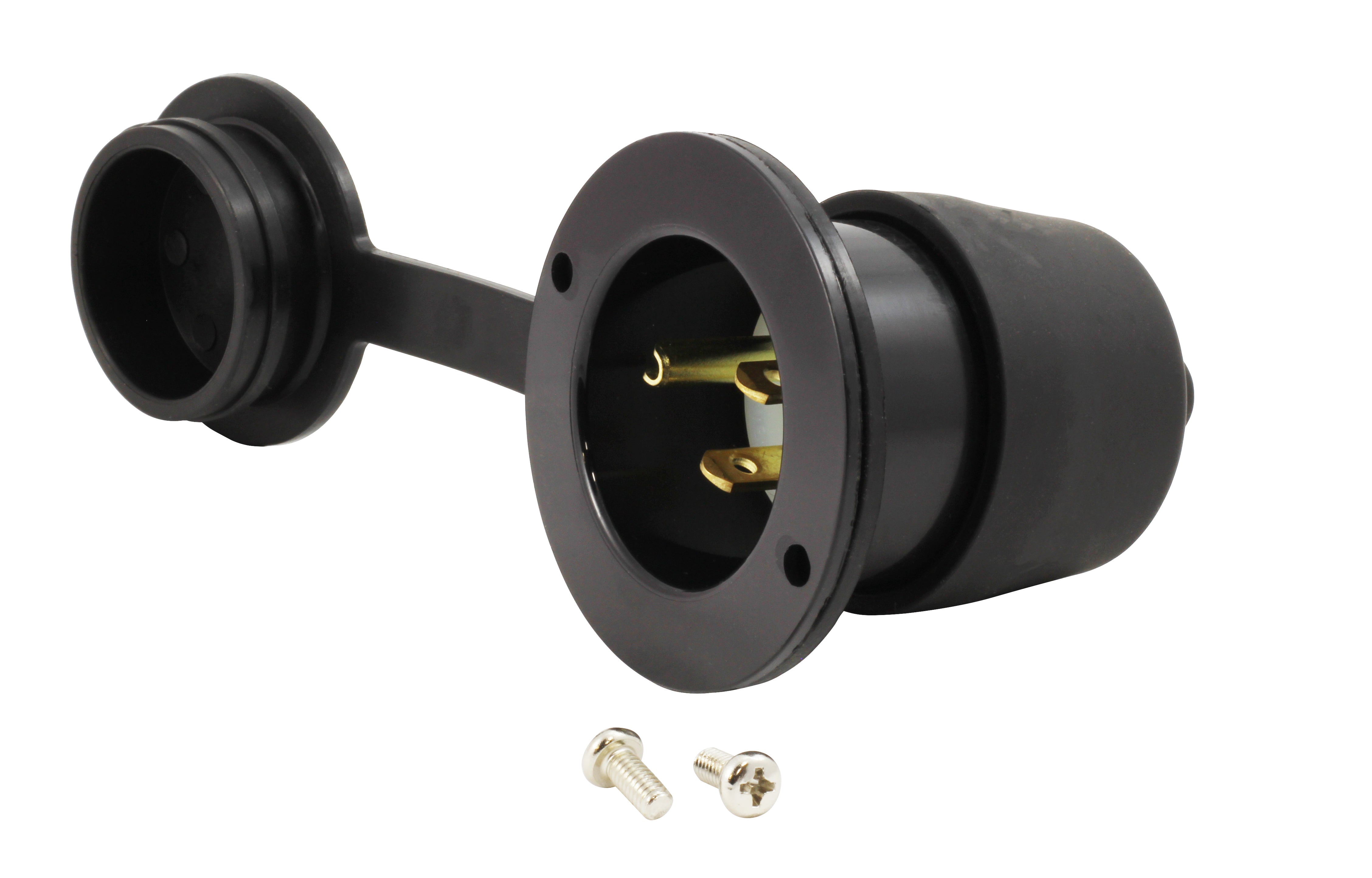

![AC WORKS® [ADV104] 3-Prong Heavy-Duty V-DUO Household Outlet Adapter](http://acworks.com/cdn/shop/products/ADV104-0.jpg?v=1605738768&width=3128)
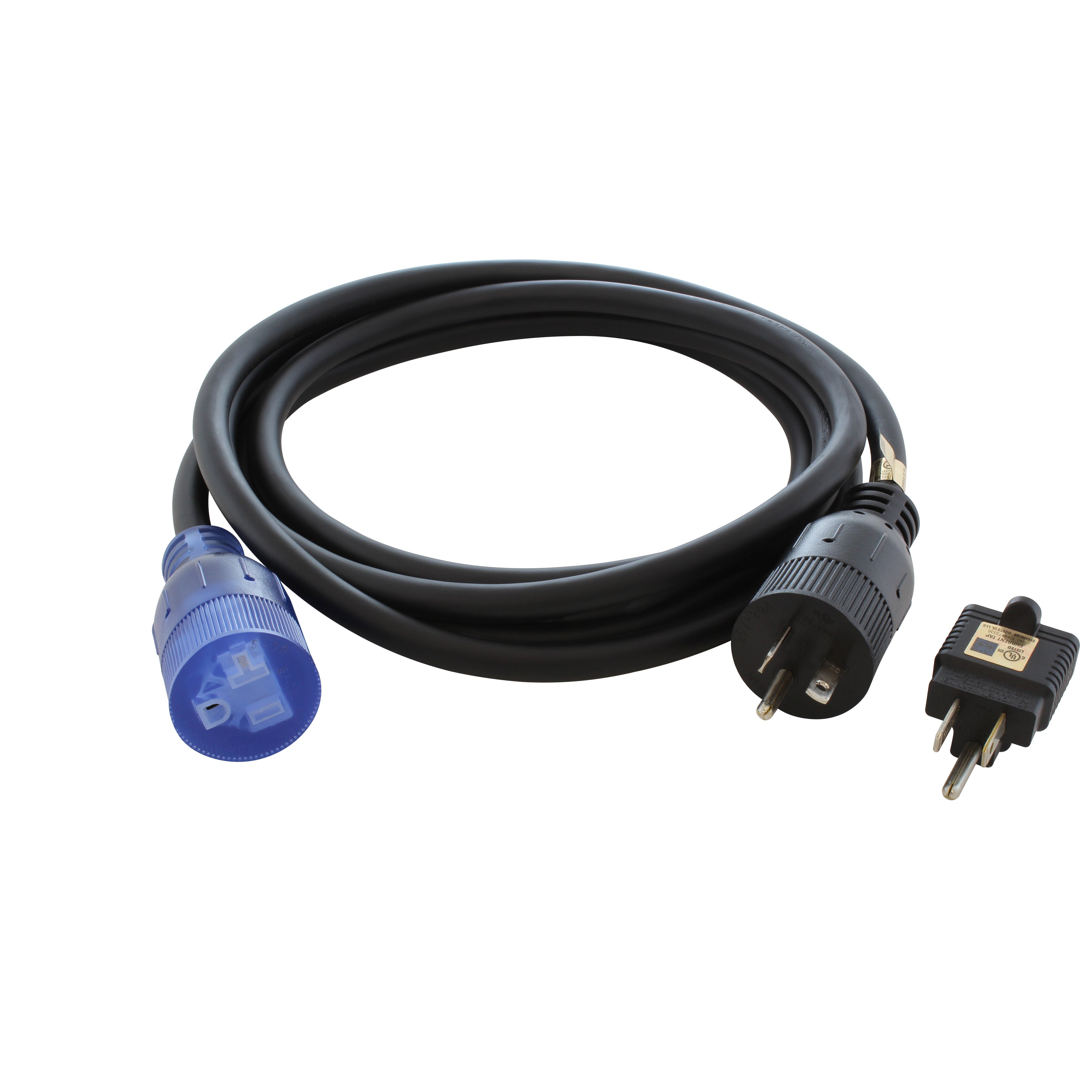
![AC WORKS® [XH515520] 15A to 15/20A 125 Volt Plug Adapter with ETL Safety Approval](http://acworks.com/cdn/shop/files/XH515520-0_daea425a-f439-48df-bb75-052167057f12.jpg?v=1729091519&width=2500)


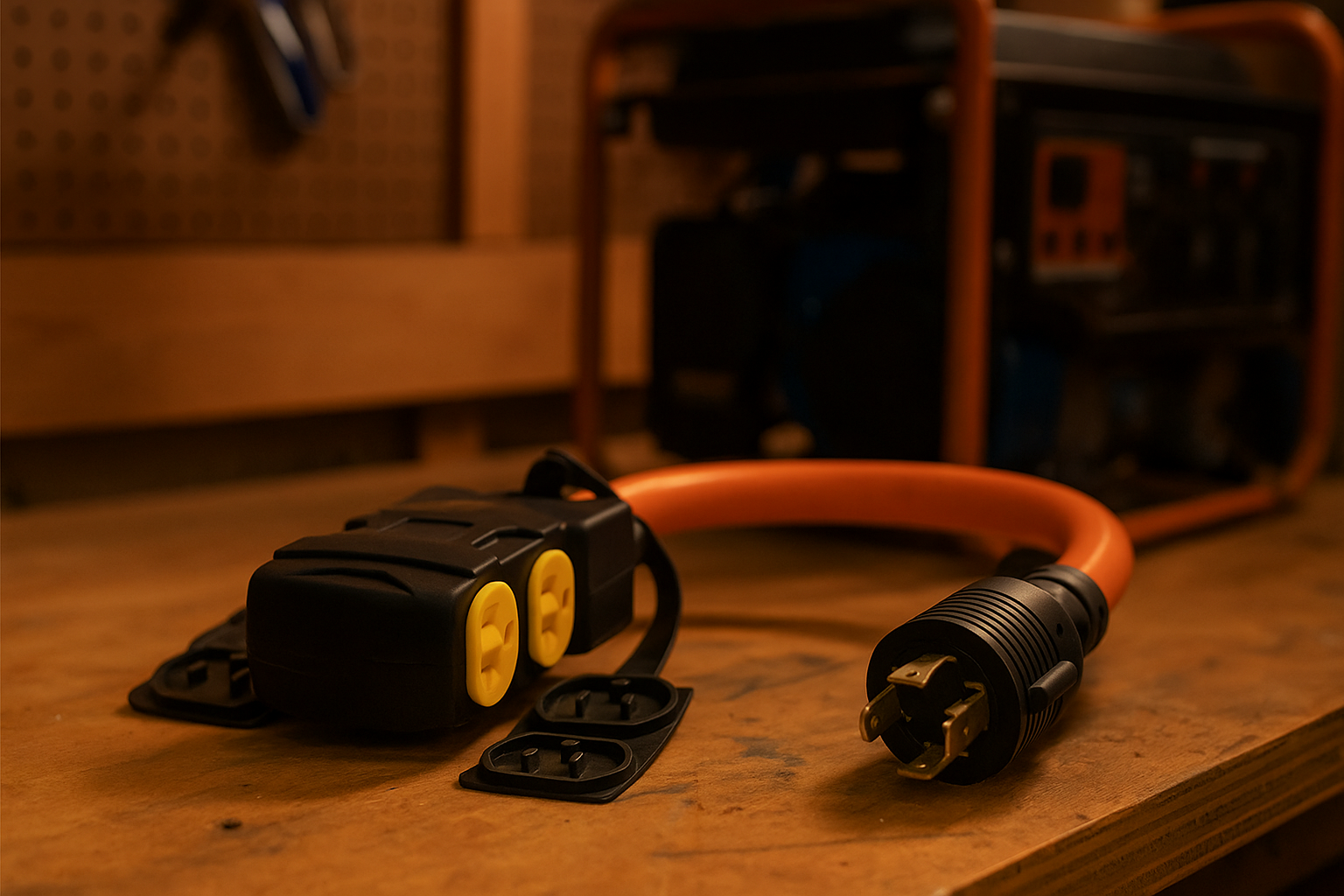
Share:
Hurricane Preparedness Tips
Prepare your Boat for Winter Storage
1 comment
You made a good point when you explained that storing your RV during the winter will help you save money because you won’t need to spend a bunch on repairs. I would imagine that it would be a good idea to store your RV in an indoor facility so that it doesn’t get exposed to freezing temperatures. I would imagine that you wouldn’t have to completely winterize it if it isn’t going to be exposed to freezing temperatures. http://drydockdepot.com